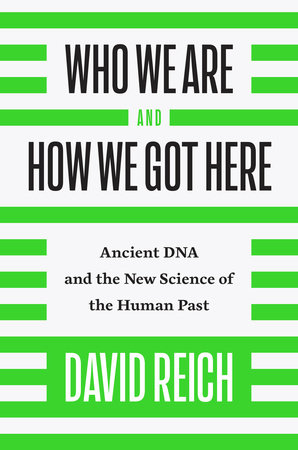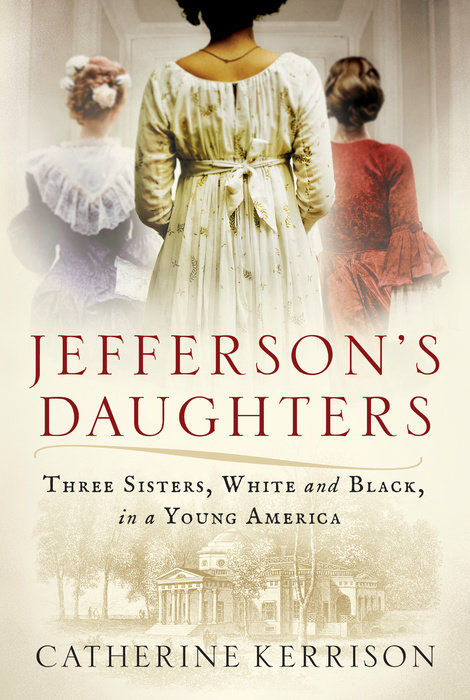Slavery Unseen: Sex, Power, and Violence in Brazilian HistoryPosted in Books, Brazil, Caribbean/Latin America, Gay & Lesbian, History, Literary/Artistic Criticism, Media Archive, Monographs, Slavery on 2018-04-10 02:50Z by Steven |
Slavery Unseen: Sex, Power, and Violence in Brazilian History
Duke University Press
2018-04-06
272 pages
9 illustrations
Cloth ISBN: 978-0-8223-7116-8
Paperback ISBN: 978-0-8223-7129-8
Lamonte Aidoo, Andrew W. Mellon Assistant Professor of Romance Studies
Duke University, Durham, North Carolina
In Slavery Unseen, Lamonte Aidoo upends the narrative of Brazil as a racial democracy, showing how the myth of racial democracy elides the history of sexual violence, patriarchal terror, and exploitation of slaves. Drawing on sources ranging from inquisition trial documents to travel accounts and literature, Aidoo demonstrates how interracial and same-sex sexual violence operated as a key mechanism of the production and perpetuation of slavery as well as racial and gender inequality. The myth of racial democracy, Aidoo contends, does not stem from or reflect racial progress; rather, it is an antiblack apparatus that upholds and protects the heteronormative white patriarchy throughout Brazil’s past and on into the present.
Table of Contents
- Acknowledgments
- Introduction. Secrets, Silences, and Sexual Erasures in Brazilian Slavery and History
- 1. The Racial and Sexual Paradoxes of Brazilian Slavery and National Identity
- 2. Illegible Violence: The Rape and Sexual Abuse of Male Slaves
- 3. The White Mistress and the Slave Woman: Seduction, Violence, and Exploitation
- 4. Social Whiteness: Black Intraracial Violence and the Boundaries of Black Freedom
- 5. O Diabo Preto (The Negro Devil): The Myth of the Black Homosexual Predator in the Age of Social Hygiene
- Afterword. Seeing the Unseen: The Life and Afterlives of Ch/Xica da Silva
- Notes
- Bibliography
- Index








